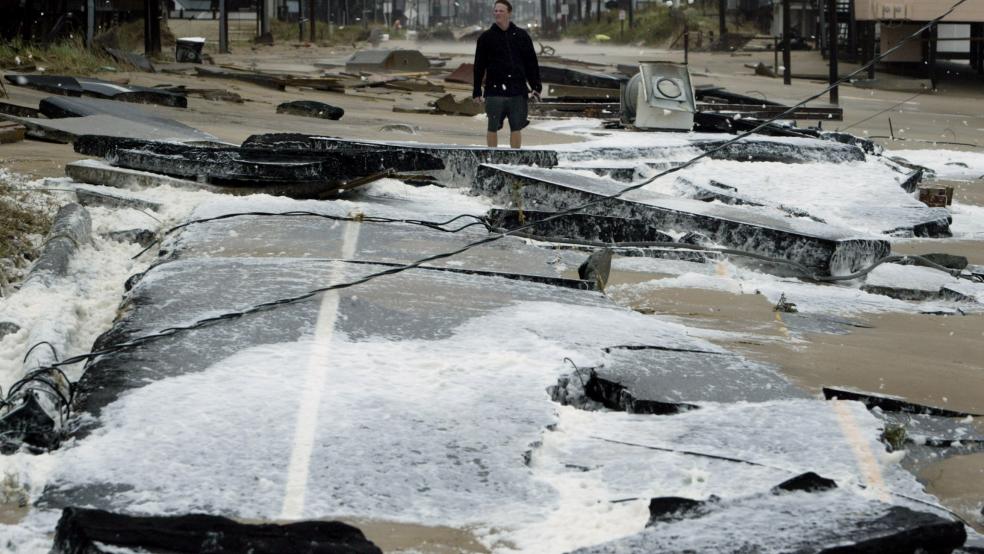It’s that time of year again—the time when the United States has to suck it up while another country (a communist nation, no less) shows off its magnificent roads and bridges, its spectacular dams and high-tech energy grids, its state-of-the-art airports and rail systems.
It’s the Winter Olympics in Sochi, and now it’s Russia’s turn to make us turn pea green with envy.
Do we have to put up with this embarrassment year after year? Can’t we just pony up the $3.6 trillion the American Society of Civil Engineers says we need to turn our miserable D+ report card grade to an A by 2020? If we don’t, our already dismal infrastructure ranking in the World Economic Forum’s Global Competitiveness Report will likely drop even further below the top 20.
RELATED: 10 MOST DANGEROUS INFRASTUCTURE PROBLEMS
Come on, we can do it. We spent almost $3.5 trillion last year on everyday expenses and even shut down the government hoping to save a few bucks. That may be too much to hope for, but let’s pretend U.S. infrastructure is a group of banks that are about to fail. Throw in AIG in for good measure.
Now are we ready to bail them out?
RELATED: WHY SMART LEADERS WOULD FIX OUR INFRASTRUCTURE NOW
Imagine you're a business owner from, say, Duesseldorf, looking for an investment opportunity in the U.S. or elsewhere. You fly into Kennedy International Airport, wait for 45 minutes to go through customs after your seven-hour flight, wait another 15 minutes on line for a taxi and you're on your way to The Grand in Tribeca.
Here's where the real horror of the trip makes you think twice about investing in America. TRIP, a DC based national transportation research group, reported last October that more than a quarter of the nation's major urban roads are in substandard or poor condition, giving motorists a rough ride and increasing the cost of operating the vehicle. They found:
- More than one-quarter (27 percent) of the nation's major urban roads – Interstates, freeways and other arterial routes – have pavements that are in substandard condition and provide an unacceptably rough ride to motorists.
- An additional 27 percent of the nation’s major urban roads and highways have pavements that are in mediocre condition, 15 percent are in fair condition and 31 percent are in good condition.
- Including major rural roads, 14 percent of the nation’s major roads are in poor condition, 19 percent are in mediocre condition, 17 percent are in fair condition and 50 percent are in good condition.
Why would an investor, who made his fortune making parts for BMW and Mercedes Benz invest in a country where the roads destroyed cars? ASCE believes there's a strong business case to be made for investing an additional $157 billion a year through 2020. Here's a snapshot of their economic model:

Think about this—we can make this investment now by borrowing at historically low interest rates. Those rates won’t last long, as Rob Garver pointed out in a story in The Fiscal Times on Friday. Building new systems, upgrading others, and simply fixing what’s broken will cost substantially more the longer we wait.
Meanwhile, our global competitors continue to build and modernize—from universal broadband to high-speed rail.
Let’s get out America’s tool kit and get going.
Top Reads from The Fiscal Times:





